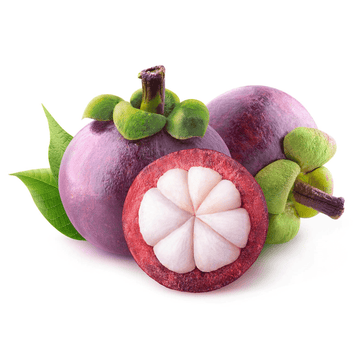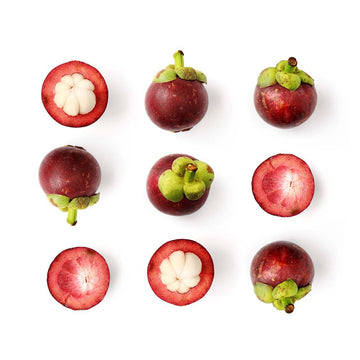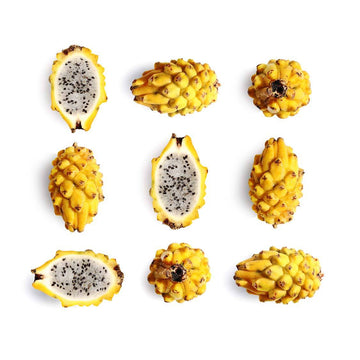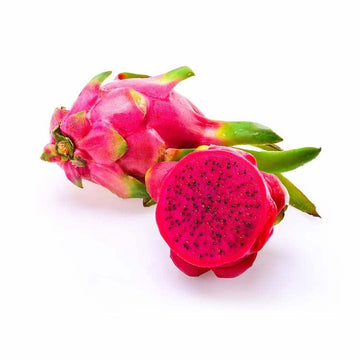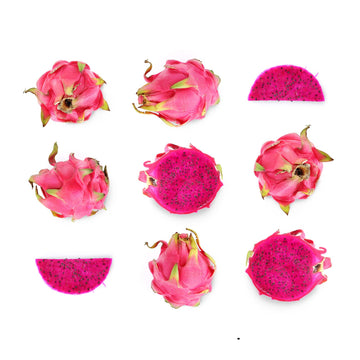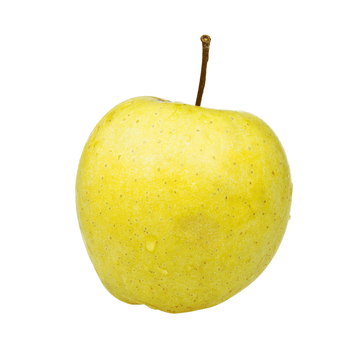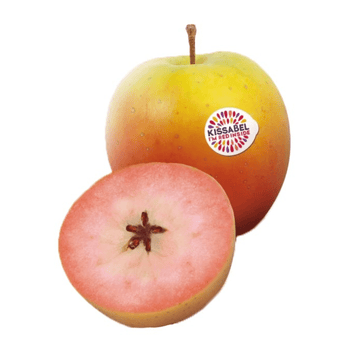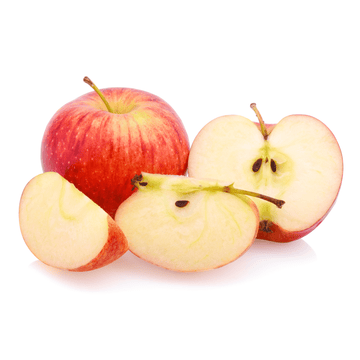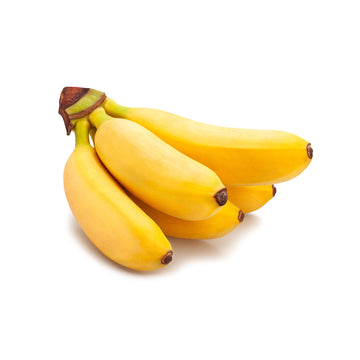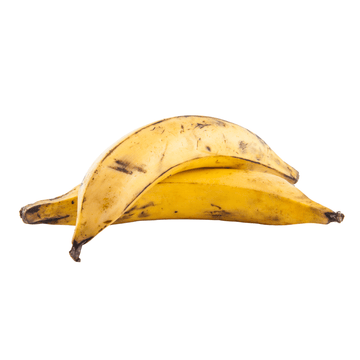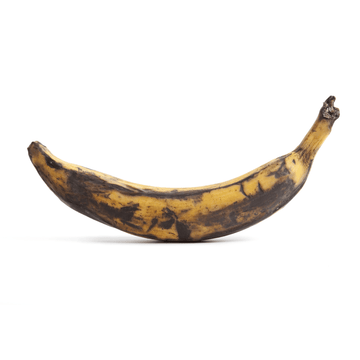10 Exotic Fruits You've Got To Try
Rambutan
This Ping-Pong-ball-size red fruit is indigenous to Malaysia and has also been cultivated throughout Thailand, South Vietnam, Indonesia, the Philippines, India and Sri Lanka. It features a thin, leathery skin covered in tiny pinkish hairs for which it is named (in Malay, rambut means hair). A relative of the lychee, the rambutan has a sweet and mild acidic flavour which resembles the taste of grapes. Its flesh is soft, creamy and a little chewy. . It's often eaten fresh or canned, in salads and, more recently, in high-end cocktails.
Kiwano
Also known as the horned melon, jelly melon, African cucumber or hedged gourd, the Kiwano is a vibrant fruit, featuring a mosaic of green and yellow colours on the inside and bright orange on the outside. It originates in the Kalahari Desert—which spans from central Botswana to west-central South Africa and eastern Namibia—but can now be found in California and New Zealand. The taste has been compared to cucumber and zucchini, or a combination of banana, cucumber and lime or a combination of banana and passion fruit, and it is often used for decorating platters or as an ingredient in smoothies and sundaes.
Custard Apple
The Custard Apple is native to the valleys of Bolivia, Colombia and Ecuador—and subsequently grown in Chile and Peru. This oval fruit, also known as Cherimoya can weigh up to 5 pounds and consists of a smooth, green skin and plump white inside that's pitted with dark brown seeds (which are not edible). Its flesh is juicy and fragrant, with a custard-like consistency that is said to taste like a mix of banana, passion fruit, papaya and pineapple. It can be cut in half, scooped out and eaten raw, used in salads, puréed and made into mousse, folded into a pie or tart filling, or frozen and eaten like ice cream.
Dragon Fruit
Most popular in Southeast Asia, dragon fruit is eaten around the world, including in Mexico and Central and South America. This pomegranate-size fruit is quite vibrant, with bright pink skin and large, green-tipped scales; inside, it contains a white or fuchsia-coloured flesh that's dotted with tiny black seeds. Slightly sweet and crunchy, the fruit is said to taste faintly like a mix of kiwi and pear or melon. To be eaten, the dragon fruit is cut down the middle and the soft inside is scooped out. Though often eaten fresh, it's also used in juices or frozen drinks, or tossed into fruit salad.
Mangosteen
Mangosteen is a tropical evergreen tree which has an exotic fruit that is a deep reddish-purple in colour when ripe. The fruit is white from the inside and is a delectable mix of sweet and sour and very juicy too. The snow-white flesh requires some effort to reach through the tough outer skin. It is said that the reddish-purple colour in the fruit is mostly used as a natural dye. So if you ever get your hands on it, remember to eat it immediately after cutting it.
Snake Fruit
Snake fruit, a native to Indonesia is a fruit that grows on the salak palm tree in little clusters. It makes for a popular go-to snack on the streets in Thailand. It has a weirdly beautiful snake-like brown scaly skin and tastes sweet and sour, flavour-wise the snake fruit is closer to the taste of pineapple or lime. Apart from being enjoyed as a fresh snack, the fruit is also candied, pickled and made into a syrup. One of the varieties of snake fruit is also fermented into a wine.
Feijoa
The Feijoa is native in South America, specifically in the areas of Brazil, Argentina, Uruguay, Paraguay, and Colombia. It is a warm-temperate to subtropical plant but it can also grow in tropics. The fruit has a green colour, ellipsoid shape, and its size is similar to a chicken egg. The fruit has a sweet and aromatic flavour, which tastes like pineapple, apple, and mint. Its flesh is juicy and is divided into a clear, gelatinous seed pulp and a firmer, slightly granular, opaque flesh nearer the skin.
Guava
Guava is widely believed to have originated from America but its increased popularity made it possible to spread in a variety of tropical and subtropical areas such as the USA, South and Southeast Asia, tropical Africa, and Oceania. Its flavour is sweet and pleasant and it tastes like a mix between a strawberry and a pear. However, different varieties have slight differences in taste.Kumquats
Kumquats are native in China but they have been introduced to many different countries. Most Mediterranean countries produce significant amounts as well as the USA, Indonesia, Indochina, Brazil, Israel, and Peru. The peel of Kumquat is sweet and delicate, while the flesh of the fruit is distinctly tangy and sour. In terms of its texture, the fruit is harder than most citrus fruits like orange and it can be eaten with its peel.
Pomelo
Pomelo is native to Asia and is cultured in many Asian countries. It is believed that it is originated from Malaysia. Later it was introduced all around the world and was planted in many different parts of the continent. It has been especially presumed to have been grown by the Chinese for thousands of years. It tastes like grapefruit but it has a more delicate, floral taste than grapefruit. In general, it is not particularly sweet or tart. In terms of their texture, pomelos have edible segments that are separated by thick and hard membranes. These membranes tend to be very bitter, so they need to be avoided.

